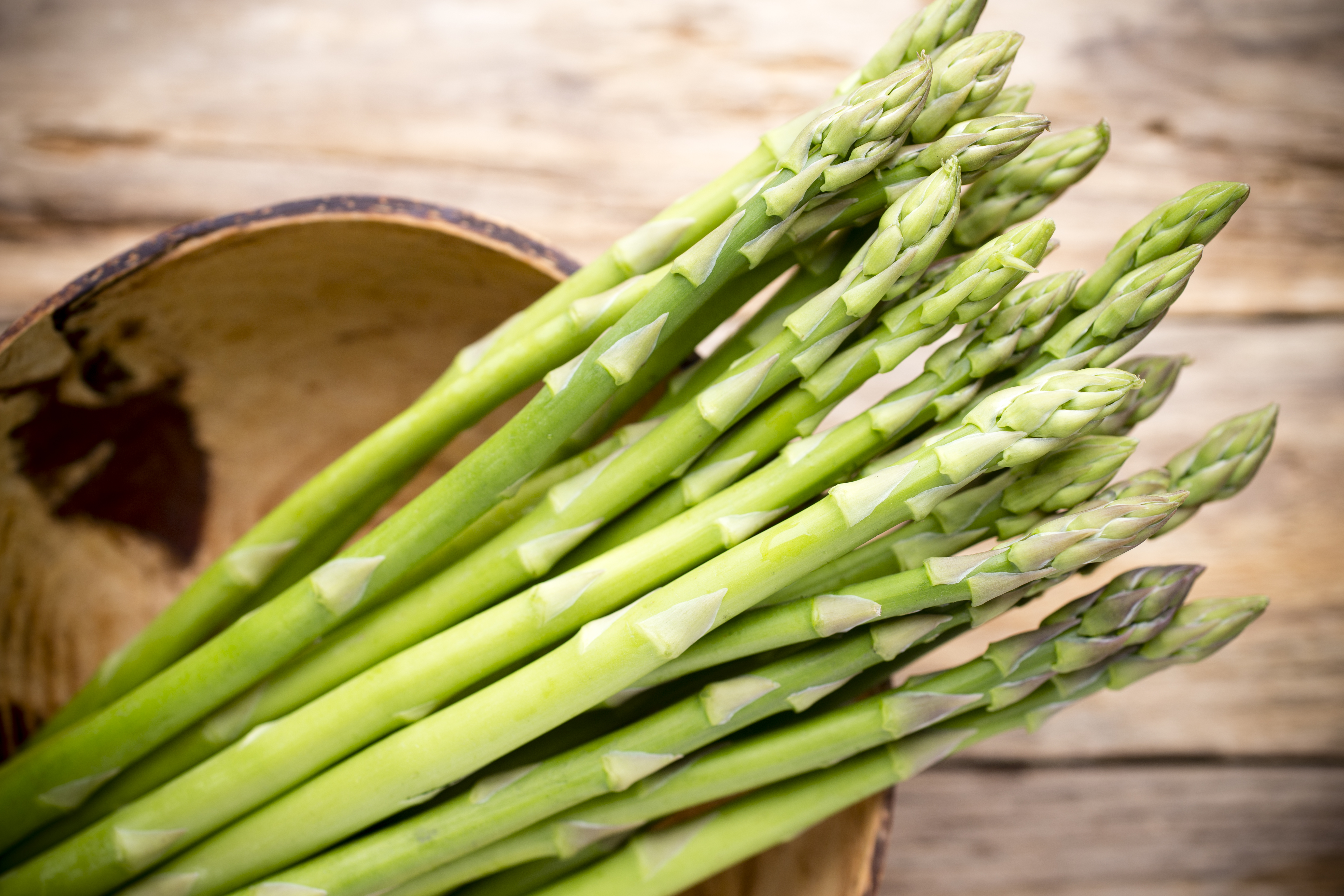

A universal side dish that perfectly matches almost any meal and looks impressive on a plate. Properly prepared shoots preserve all the beneficial substances that are contained in large quantities in asparagus, even after heat treatment.
The birthplace of asparagus is Mesopotamia-the ancient name for the Middle East. In ancient times, this plant was especially valued and quickly spread throughout the world. It was loved by both French kings and Egyptian pharaohs. Even then, asparagus was used not only for food but also for decorating marriage beds. The name has a Greek root and translates as stem or shoot.
Asparagus is one of the most nutritionally balanced vegetables, as it has minimal content of fats, sodium, and cholesterol, but contains many vitamins and minerals, such as vitamins A, B, C, E, K, copper, manganese, dietary fiber, magnesium, carotene, coumarin, thiamine, folic acid.
Thanks to this composition, asparagus charges the body with energy, lifts mood, and alleviates symptoms of vitamin deficiency.
Dishes with any type of asparagus have a piquant and unique taste. The taste of asparagus practically doesn't depend on its color. Due to the presence of very nutritious vegetable protein, asparagus is added to salads and soups. It can be fried, baked, salted, marinated, and is also used as a side dish. Many restaurants prepare in advance for the young asparagus season and try to include it in their menu.
The easiest way is to boil it in salted water and then fry it in breadcrumbs like cauliflower. It's also delicious when cooked in the oven or on the grill. This type of asparagus is served with sauce. A light dietary cream soup combined with potatoes and nutmeg is a wonderful idea for a summer lunch. Many restaurants offer baked asparagus with parmesan cheese. Various condiments and spices that make up the sauces perfectly complement the refined taste of this delicate vegetable. It combines well with seafood-with shrimp, crabs, and shellfish. For this, asparagus is boiled and served with ginger and pineapple sauce.
• Cooking time for green asparagus is usually 3 to 8 minutes. White asparagus is cooked a little longer – up to 15 minutes.
• If asparagus is cooked properly, it can be easily pierced with a fork and remains tender.
• To preserve the bright color of green asparagus, immediately after cooking, it needs to be poured over with cold water.
We hope that our recipes will inspire you to prepare new dishes.
Only registered users can leave reviews. Please log in or register.
Login